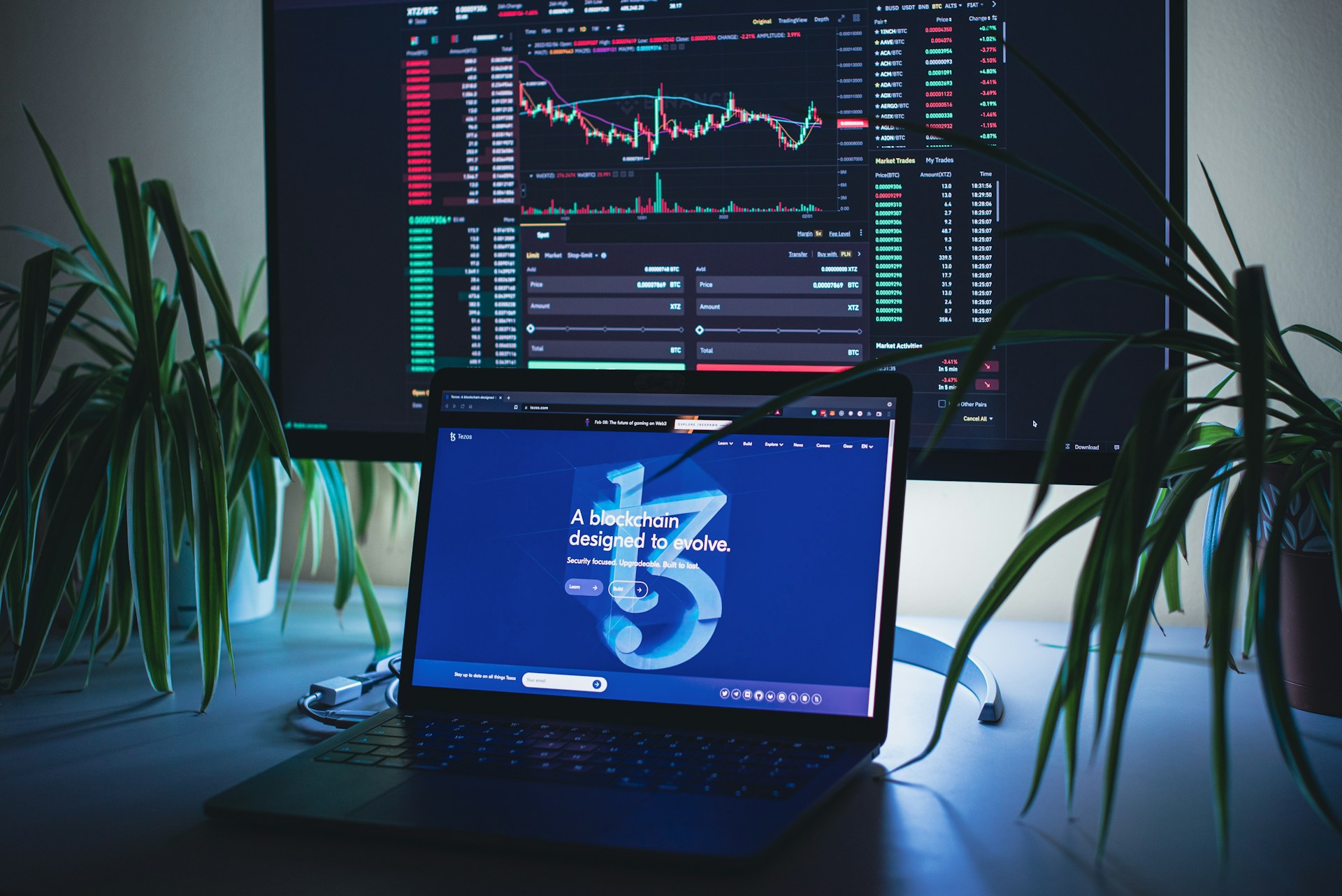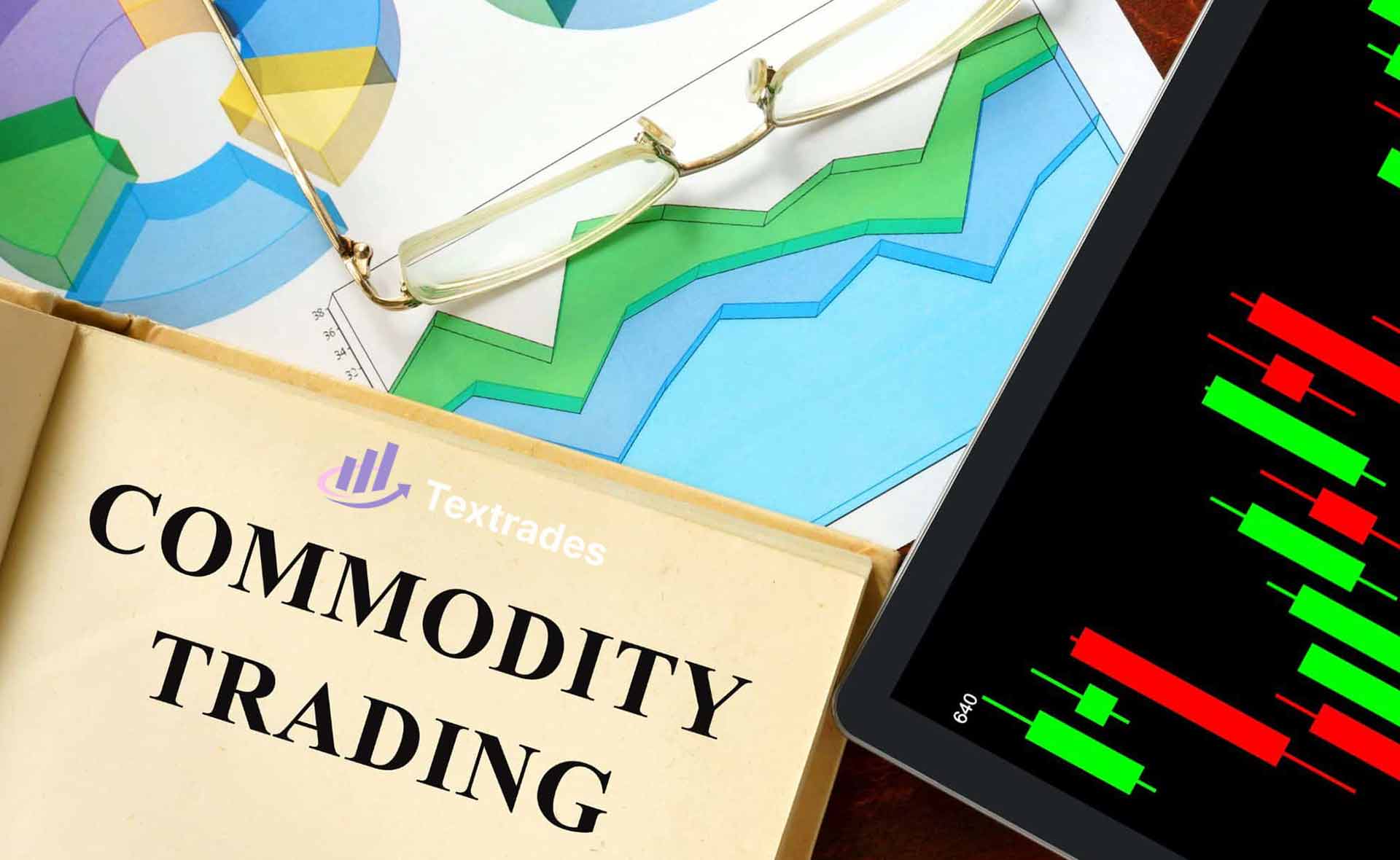Advanced Crypto Trading Strategies: Boost Your Profits with Pro Techniques
Introduction to Advanced Crypto Trading Strategies As the cryptocurrency market continues to mature and attract both institutional and individual traders, advanced trading strategies have become essential for those looking to maximize profits and minimize risks. Unlike basic buy-and-hold or simple day-trading techniques, advanced strategies incorporate complex analysis, sophisticated tools, and algorithmic tactics designed to give traders an edge. From using technical indicators to algorithmic trading and high-frequency methods, these strategies enable traders to capitalize on market inefficiencies, control risk exposure, and achieve sustainable returns. For seasoned traders seeking a comprehensive understanding of advanced crypto strategies, platforms like TextTrades offer essential resources and tools. Key Advanced Trading Strategies in Crypto (Poses) One of the core advanced strategies is algorithmic trading, which involves using computer algorithms to execute trades based on predetermined criteria, such as price, timing, or volume. This approach removes emotional decision-making and allows for rapid, precise trades that capitalize on market opportunities. Algorithmic trading is especially useful in high-frequency trading (HFT), where hundreds or thousands of trades are executed within seconds to exploit minor price discrepancies. Although common in traditional markets, algorithmic trading is gaining popularity in crypto as more traders adopt this technology. Another powerful strategy is arbitrage trading, which seeks to profit from price differences across exchanges or markets. Since cryptocurrency prices can vary slightly between platforms, arbitrageurs purchase assets on one exchange and sell them at a higher price on another. This strategy requires quick execution and low transaction costs to be effective, and many traders use automation to achieve this. According to recent data, arbitrage opportunities have accounted for nearly 5% of daily trading volume on popular exchanges, highlighting the prevalence of this approach among experienced crypto traders. A third strategy gaining traction is swing trading, which focuses on capturing short- to medium-term gains by analyzing price trends and momentum indicators. Swing traders typically hold assets for several days to weeks, depending on the market’s momentum, aiming to capture “swings” within a larger trend. This strategy requires an in-depth understanding of technical analysis, as traders must identify ideal entry and exit points. In the volatile crypto market, swing trading can offer high returns, as significant price movements occur frequently, allowing for well-timed trades to reap notable profits. Read Also: Crypto Trading Strategies Benefits of Using Advanced Trading Strategies in Crypto One major advantage of advanced trading strategies is the increased potential for profit. By adopting sophisticated techniques, traders can capitalize on small price fluctuations or arbitrage opportunities that would be challenging to exploit with basic strategies. For example, algorithmic and high-frequency trading allow traders to execute numerous small trades in rapid succession, with each trade yielding minor gains that add up over time. According to a 2023 report, algorithmic trading was responsible for over 70% of trade volume. on leading crypto exchanges, underscoring its effectiveness in generating steady returns. Another benefit is improved risk management. Advanced trading strategies often incorporate built-in safeguards like stop-loss orders, risk-reward ratios, and hedging techniques. Swing trading, for example, uses support and resistance levels to determine optimal entry and exit points, helping traders avoid significant losses. In arbitrage trading, the primary risk is minimized due to simultaneous buy and sell transactions on different platforms, offering a more controlled approach. These strategies enable traders to limit potential losses, protect capital, and preserve profits. Additionally, advanced trading strategies can lead to more disciplined and objective trading practices. By relying on algorithmic models and technical indicators rather than emotional or impulsive decisions, traders can avoid common pitfalls like FOMO (fear of missing out) and panic selling. This level-headed approach is particularly valuable in the fast-moving crypto market, where prices can change rapidly. With a structured trading plan, traders can stay focused on long-term objectives and avoid costly mistakes. Tips for Mastering Advanced Trading Strategies For traders venturing into advanced strategies, a good starting point is developing a solid understanding of market indicators and patterns. Technical analysis tools such as moving averages. RSI (Relative Strength Index), and Bollinger Bands offer insights into price trends and potential reversal points. By interpreting these indicators accurately, traders can make data-driven decisions and set up effective trades. Another crucial tip is to take advantage of trading automation when possible. Platforms that support algorithmic trading enable users to automate their strategies based on specific conditions, reducing the need for constant monitoring. Automation is especially helpful in high-frequency and arbitrage trading, where the timing of each trade is critical to maximizing profit margins. Many algorithmic tools also offer back-testing options, allowing traders to evaluate the performance of their strategies on historical data before deploying them in the market. Finally, risk management is key. Advanced trading can yield significant profits, but it also involves greater risk exposure. Traders should use risk-reduction techniques, such as diversifying trades across multiple assets, setting stop-loss limits. Also by establishing a risk-reward ratio that aligns with their overall trading goals. This disciplined approach ensures that even in volatile markets, traders can maintain a controlled and consistent strategy. For more on advanced trading risk management, TextTrades provides valuable resources and expert insights. FAQ: Advanced Trading Strategies in Crypto What is algorithmic trading, and how does it work in crypto? Algorithmic trading uses computer-based algorithms to execute trades automatically based on specific criteria, such as timing, price, and volume. In crypto, it allows for rapid, precise trades that capitalize on small price fluctuations. And by minimizing the need for human intervention and emotional decision-making. Is arbitrage trading profitable in crypto markets? Arbitrage trading can be profitable due to price variations between exchanges. By buying low on one platform and selling high on another, traders can achieve consistent profits. However, this strategy requires fast execution and low fees to be effective, as price discrepancies are often short-lived. What tools are essential for advanced crypto trading? Essential tools include algorithmic trading software, market scanners for detecting price trends.Also, Technical analysis indicators such as RSI and MACD. Many traders also use back-testing software to assess the effectiveness of their strategies … Read more





